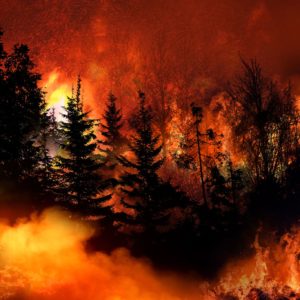Can the flu, polio, chicken pox, or other vaccines lower a person’s risk of contracting COVID-19? It might seem far-fetched that a vaccine designed to protect against one infection could protect against others, too. But a growing body of research suggests that this does, in fact, occur through a process called “trained innate immunity.” Vaccines are known to work by stimulating the adaptive immune system, causing the body to make antibodies that can recognize and attack a specific pathogen if it is encountered again. But recent studies suggest that some vaccines also train the body’s faster-acting and less specific innate immune system, improving its ability to fight off many kinds of infections. Vaccines appear to achieve this feat by reprogramming stem cells that give rise to cells involved in this early innate immune response. Long-term studies across various populations are needed to understand if trained immunity is valid and whether it can be replicated for other coronaviruses.
View Article


